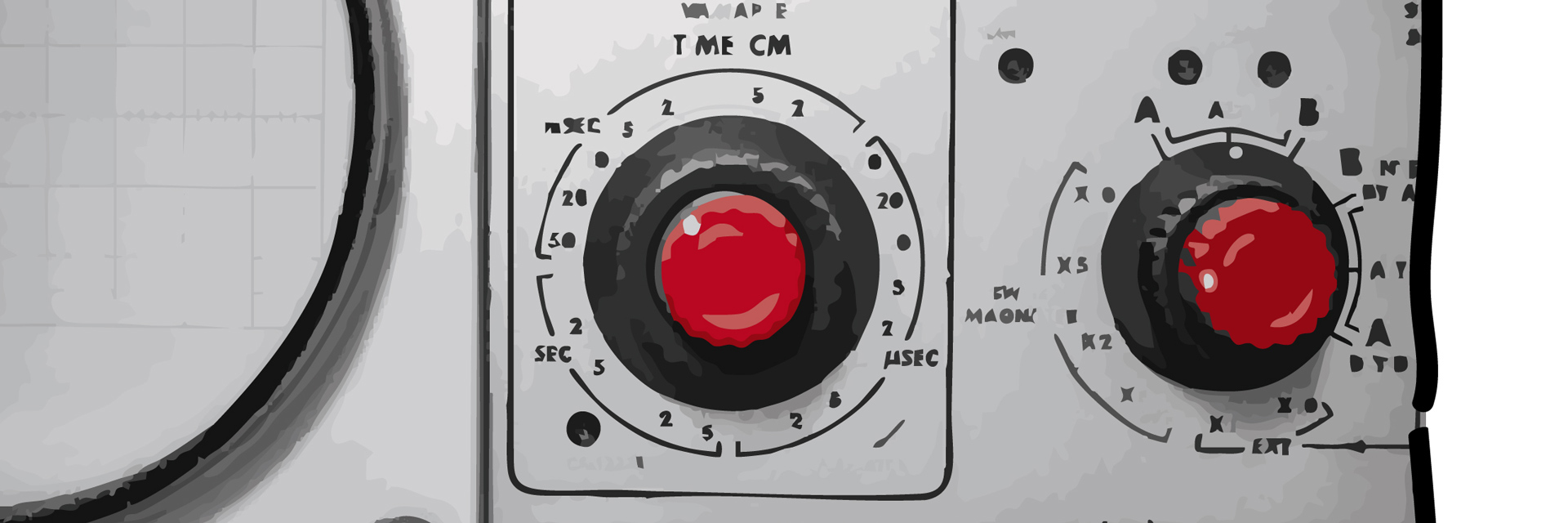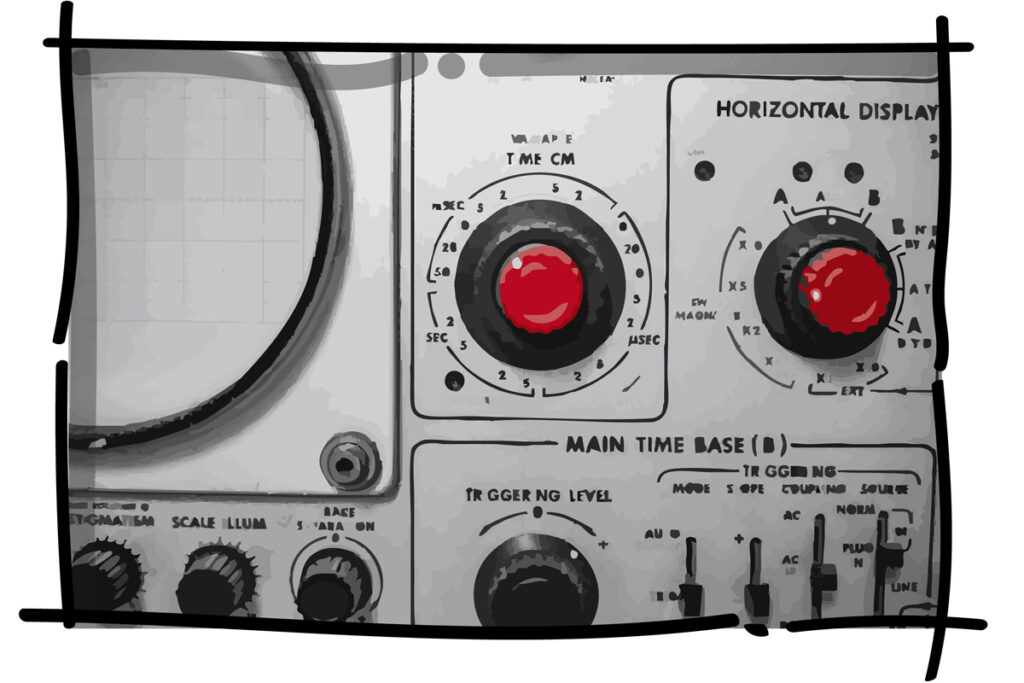Why music lovers prefer exciting curves over austere straights.
You probably guessed it: I’m not talking about the final bend of a race track. What I’m talking about is the wishful thinking of many audiophiles as to how loud which frequency of the audio spectrum should be at the listening position, i.e. how it should ultimately sound. What a question – perfectly linear, all frequencies at the exact same level – it’s what we’ve been taught for decades! The ideal target curve is a straight line. But just like with everything, all theory is gray, as we have learned from many field tests. In practice, this agreed-upon ideal is perceived by the majority of listeners as gutless and treble-heavy. Instead, most people prefer an accentuated bass, combined with a roll-off towards higher frequencies. Juicy is beautiful, at least when it comes to music playback. Incidentally, experienced listeners typically like it a little leaner.
This is how hi-fi worked for decades: You bought a pair of speakers and bounced them around your living room until you either liked the result or interpersonal issues gained the upper hand. If the sound quality failed to satisfy in the long run, you’d experiment in vain with various cables for a while, until in the end, frustration would drive you to buy the next, supposedly better, pair of loudspeakers and then push those back and forth in your living room. The fact that some excellent results could sometimes be achieved in this way is due to the audiophiles’ iron will to persevere and increased frustration tolerance. Those who wanted to take the result to the extreme went one step further and optimized the acoustics of the living room, although this is increasingly met with little understanding by roommates in times where living space comes at a premium.
Nowadays, there are simpler, albeit perhaps not quite as perfect, options. The frequency response is measured at the listening position and the appropriate correction curve is calculated on the computer. Digital room correction is then used to bend the sound so that it’s nice and flat at the listening position. Progress through technology …
Unfortunately, not all algorithms work equally well. Some throw the baby out with the bathwater, while others actually tidy up the frequency response audibly. You suddenly notice subtleties that were previously masked by louder noises, usually dominant bass frequencies. This seems totally fascinating at first, but is often exhausting in the long run. And it shouldn’t be a problem, because you have every opportunity to adjust the frequency response to your own taste. But where to start? Anyone who has ever tried to setting an equalizer perfectly by ear will be familiar with this: the setting you have found sounds great in one piece of music, only to fail miserably in the next. In the end, all the adjusting robs you of all the time you could spend actually listening to music. So why not rely on the majority of listeners and use their frequency curve as a starting point for your own settings? You can find these by searching for “target curves” on the Internet.


